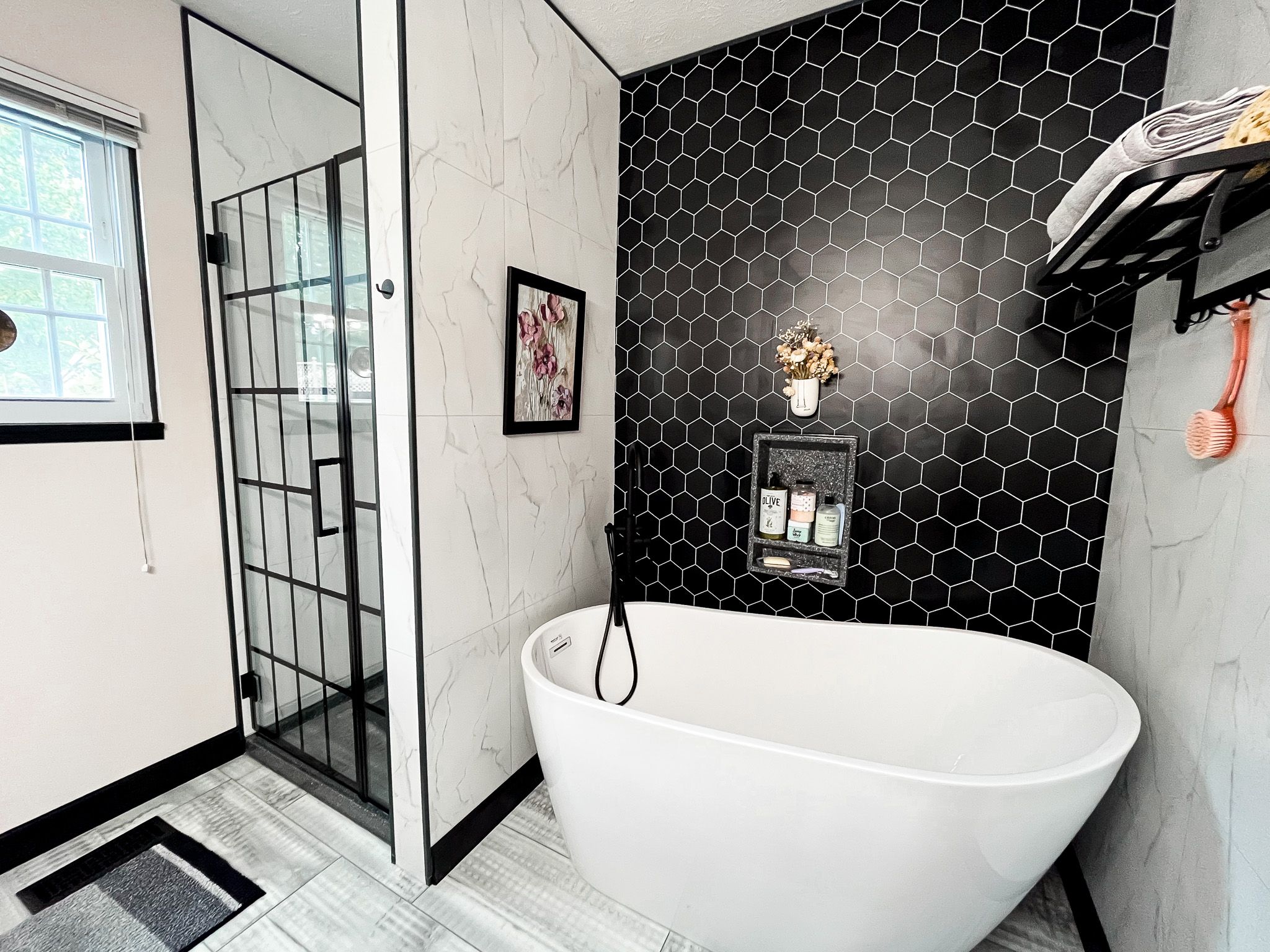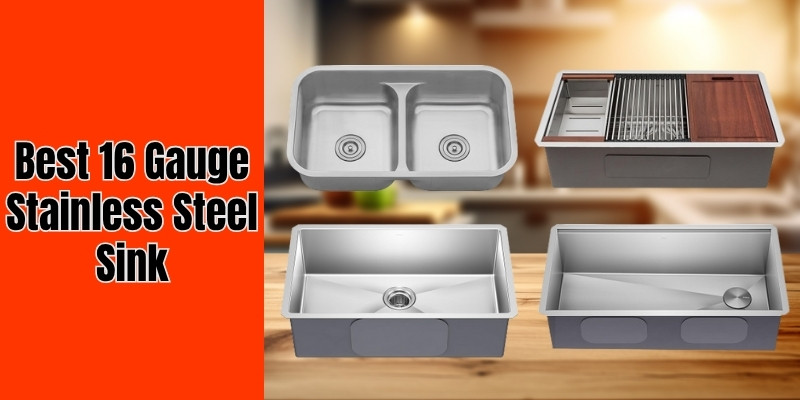Disclosure: This post contains affiliate links and I will be compensated if you make a purchase after clicking through my links. Learn More
Are you tired of staring at your old, worn-out bathtub? You might be surprised at how much a new one can transform your bathroom.
It can breathe life into your space, making it feel fresh and inviting. But you’re probably wondering where to start. Don’t worry; you’re not alone. Many homeowners face the same dilemma when it comes to replacing their bathtubs. You have two main options, and choosing the right one can make all the difference in your home’s comfort and value.
Imagine stepping into a sleek, new tub that suits your style and needs perfectly. Picture yourself enjoying a relaxing soak in a space that feels luxurious and rejuvenating. Sounds appealing, right? By exploring these two options for replacing your bathtub, you can achieve just that. You’ll discover the best choice for your lifestyle, budget, and future plans. Dive into this article to learn how you can make your bathroom dreams come true.
Bathtub Reglazing
Bathtub reglazing breathes new life into your old tub. This method offers a fresh look without a full replacement. It involves applying a new coating to the existing tub. The process is faster and cheaper than buying a new bathtub. Yet, it requires skilled professionals to ensure lasting results.
Process Overview
Reglazing starts with a thorough cleaning. The old surface is cleaned to remove dirt and soap scum. Next, chips and cracks are repaired. A bonding agent is applied to ensure the new finish sticks. Finally, a new coating is sprayed on, giving the tub a fresh appearance.
Pros And Cons
Reglazing offers several benefits. It is cost-effective and quick. The process usually takes a few hours. You can use your tub again in a day or two. Yet, there are downsides. The new finish may last only 5 to 10 years. It is less durable than a new tub.
Cost Considerations
Reglazing is cheaper than a new bathtub. Costs range from $300 to $600. This depends on the tub size and condition. It’s a budget-friendly option for homeowners. Consider the long-term savings. Replacing a tub can cost thousands.
Maintenance Tips
Proper care extends the life of the reglazed surface. Use mild cleaners to avoid damaging the finish. Avoid harsh chemicals and scrubbers. They can scratch the surface. Clean the tub regularly to prevent build-up. A soft cloth is best for drying after use.

Credit: innovatebuildingsolutions.com
Bathtub Liner Installation
Thinking about replacing your worn-out bathtub? Consider installing a bathtub liner. This option refreshes your bathroom without a full remodel. A bathtub liner is a custom-made acrylic cover that fits over your existing tub. It’s a quick way to upgrade the look and feel of your bathroom.
Installation Steps
First, a professional measures your old tub. They use these measurements to create a custom liner. Once the liner is ready, they apply a special adhesive to your bathtub. The liner is carefully positioned and pressed into place. The final step involves sealing the edges for a watertight fit.
Benefits And Drawbacks
Installing a liner is faster than replacing the tub. It avoids demolition mess and saves time. Liners are easy to clean and maintain. They resist stains and scratches. But, they may not fit perfectly on complex-shaped bathtubs. Some people notice a small difference in size.
Budgeting For Liners
Liner installation is less expensive than buying a new bathtub. Costs vary based on size and material. Acrylic liners are pricier but last longer. It’s important to get quotes from different companies. This helps compare prices and choose the best option.
Care Guidelines
Cleaning liners is easy with mild soap and water. Avoid abrasive cleaners that can scratch the surface. Regularly check for leaks around the edges. Fix any issues quickly to prevent water damage. Proper care ensures your liner stays looking great for years.
Choosing The Right Option
Choosing the right option to replace your worn-out bathtub can feel overwhelming. With two main choices, it’s crucial to consider various factors. This helps ensure you pick the best fit for your home and lifestyle.
Assessing Your Needs
Begin by understanding your specific requirements. Ask yourself how often you use the bathtub. Consider if you need extra features like whirlpool jets. Think about the space in your bathroom. Make sure the new tub fits comfortably.
Comparing Durability
Durability is a key factor. Acrylic tubs are lightweight and resist chipping. Cast iron tubs are heavier but last for years. Fiberglass is affordable but less durable. Consider how long you want your new tub to last.
Evaluating Aesthetic Preferences
Appearance matters in a bathroom. Acrylic tubs offer various colors and designs. Cast iron has a classic look that suits traditional styles. Fiberglass can mimic other materials. Choose a tub that enhances your bathroom’s design.
Time And Convenience Factors
Think about installation time and ease. Acrylic tubs are easy to install and maintain. Cast iron requires more effort and time for installation. Fiberglass offers a quick setup but may need frequent repairs. Consider the convenience factor for your household.
Diy Vs Professional Help
Replacing a bathtub offers two paths: DIY or hiring a professional. DIY can save money but requires skill and time. Professional help ensures quality and peace of mind, but at a higher cost.
Replacing a worn-out bathtub can be a daunting task. You may wonder whether to do it yourself or hire a professional. Each choice comes with its own set of pros and cons. Let’s explore these options to help you make an informed decision.
Pros Of Diy Solutions
DIY bathtub replacement can save money. You avoid labor costs by doing it yourself. It offers flexibility in scheduling. You can work at your own pace. DIY also gives a sense of accomplishment. Completing a task yourself can be rewarding. You can learn new skills along the way. Online tutorials offer guidance and support.
Benefits Of Hiring Professionals
Professionals provide expertise and experience. They ensure quality results and save time. They have access to specialized tools and materials. Hiring experts reduces the risk of costly errors. Professionals offer warranties for their work. This adds peace of mind for homeowners. They handle all aspects of the job, reducing stress.
Cost Implications
DIY projects often have lower upfront costs. But mistakes can lead to extra expenses. Professional services may seem costly at first. Yet, they often prevent future repairs. They include materials and labor in their quotes. Consider both short-term and long-term costs. Weighing these can help decide the best option.
Safety Considerations
DIY projects carry safety risks. Bathtub replacement involves heavy lifting and plumbing. Professionals are trained to handle hazards. They follow safety protocols to prevent accidents. Hiring experts minimizes risks for you. Prioritize safety when making your choice. Safety should never be compromised for cost savings.
Environmental Impact
Replacing your old bathtub can impact the environment. Choose between refinishing or installing a new one. Refinishing uses fewer materials and reduces waste, while a new tub might offer better water efficiency. Both options have pros and cons for eco-friendliness.
Make an informed decision based on environmental impact.
When you’re contemplating replacing your worn-out bathtub, it’s crucial to consider the environmental impact of your choices. Each decision you make can affect the planet significantly. From the materials used to the energy consumed during production and installation, your bathtub replacement journey can be more eco-friendly than you might think.
Material Sustainability
When choosing a new bathtub, think about the sustainability of materials. Opt for materials like recycled steel or acrylic, which have a lower environmental footprint. These options not only reduce resource consumption but also often boast longer lifespans.
Consider the impact of production processes. Some materials, like cast iron, require more energy and resources, making them less sustainable. Always check for certifications or labels indicating sustainable practices.
Waste And Recycling
Replacing a bathtub generates waste. However, you can minimize this by choosing a recyclable option. Many companies now offer take-back programs or recycling services for old bathtubs. Think about how your old bathtub can be reused or repurposed. With a bit of creativity, it might serve as a planter or a garden pond. This not only reduces landfill waste but also gives new life to your old tub.
Energy Consumption
Energy consumption isn’t just about the bathtub itself. It includes the energy used in manufacturing and installation. Bathtubs made from lighter materials typically require less energy to produce and transport. Consider the energy efficiency of your new bathtub.
Some models are designed to retain heat better, reducing the energy needed to keep bathwater warm. This small change can lead to significant energy savings over time. Each choice you make impacts the environment. How will you ensure your bathtub replacement aligns with your values?
Final Words
Choosing between bathtub replacement and bathtub liner can be easy. Consider your budget first. A liner is more affordable. But a new tub offers a fresh look. Think about the time you have. Liners install quickly. New tubs might take longer.
Both options improve your bathroom. Each has its pros and cons. Weigh them carefully. Your choice will enhance comfort and style. Enjoy your new bathtub experience. Make your bathroom a relaxing haven.


